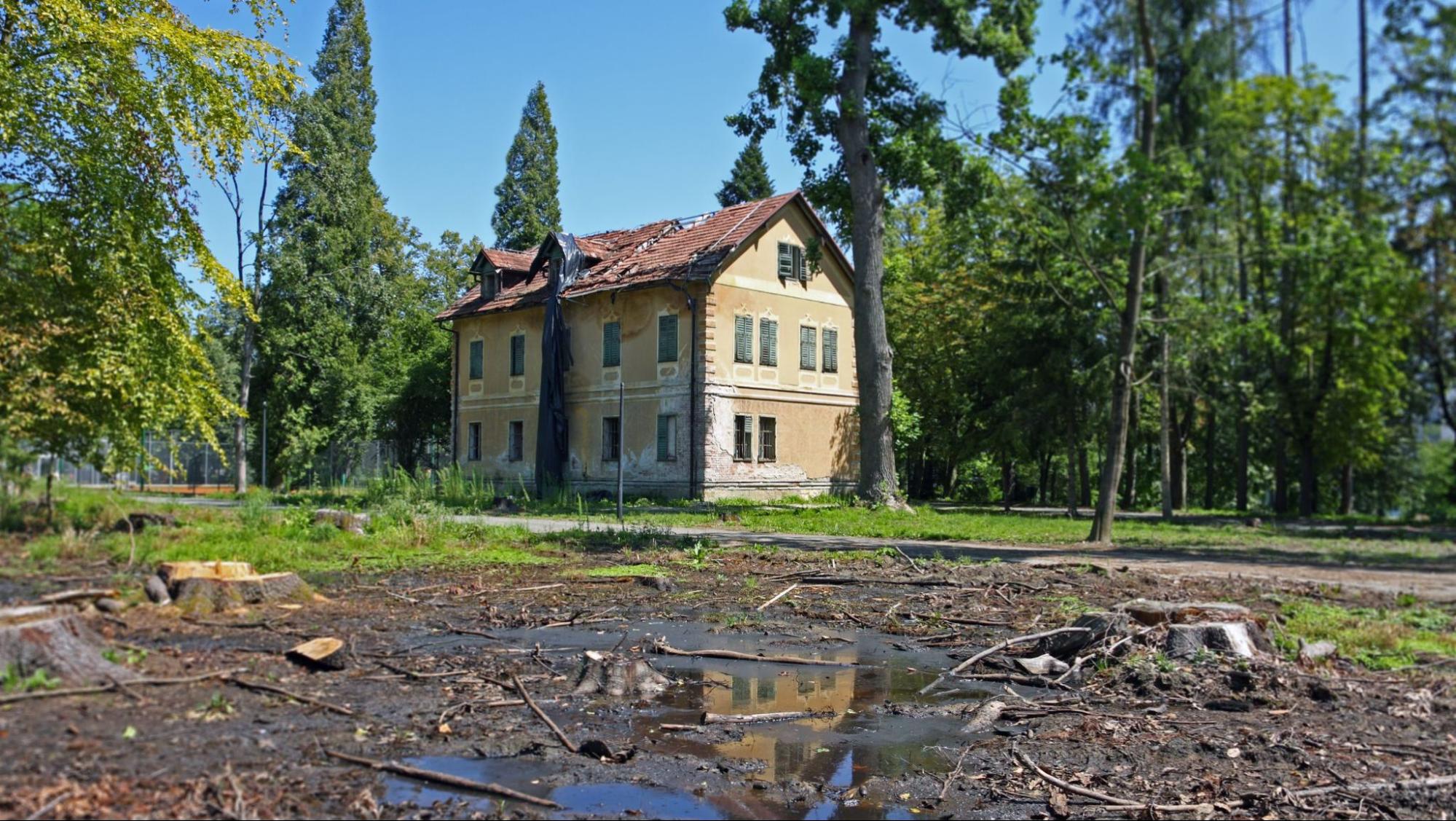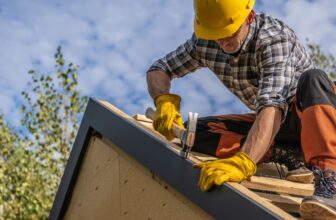
How to Inspect Your Roof After a Heavy Storm

Heavy storms can cause huge damage to your roof, compromising your home’s structure and safety. Post-storm roof inspections are vital to identify potential damage and prevent further issues. Knowing how to conduct a thorough inspection ensures you address any problems early and maintain the integrity of your roof.
Tips for Inspecting Roof After a Storm
A systematic approach to inspecting your roof after a storm can help you spot and address issues promptly, mitigating the risk of long-term damage. Here’s how you can perform an adequate inspection.
Ensure Safety
Before climbing onto your roof, prioritize safety. Use a sturdy ladder, wear slip-resistant shoes, and have someone there to assist you if possible. Avoid inspecting the roof during wet or windy conditions, as this increases the risk of accidents. If the roof is steep, consider using binoculars from the ground to get a preliminary view or wait for professional assistance.
Check Gutters and Downspout
Start your inspection with the gutters and downspouts, crucial for channeling water away from your home. Check for any blockages, breaks, or separations in the system. Storms can fill gutters with debris, leading to overflow and damage to the roof and foundation. Ensure the downspouts direct water away from the house’s foundation.
Inspect Roof Surface
Examine the roof surface for visible damage, such as missing, cracked, or curled shingles. These defects can allow water to seep through, causing leaks and water damage inside your home. Granules from asphalt shingles accumulate in gutters or downspouts may indicate that your roof is wearing out and requires attention.
Do Flashing Check
Flashing, the material that seals and protects the joints around roof features like chimneys, vents, and skylights, must be intact to prevent water entry. Inspect these areas for loose, damaged, or missing pieces of flashing. Storms can dislodge or damage these components, leading to leaks and water damage in your home.

Check the seals and edges where the flashing meets the roof. Any wear and tear can be entry points for water. Ensuring the flashing is secure and in good condition is essential for maintaining the roof’s waterproof barrier.
Carry Out Interior Inspection
An interior inspection can reveal signs of roof damage hidden from the outside. Look for water stains, mold, or peeling paint on ceilings and walls, which can indicate leaks. In the attic, check for daylight through the roof, damp rafters or insulation, and any fresh signs of water intrusion.
This inside check can often detect subtle roof damages that exterior inspections might miss.
Document Damage
Documenting the damage is essential for insurance claims and for planning the repair process. Take detailed photos or videos of all damaged areas, noting the date and extent of the damage. This visual evidence is crucial for insurance purposes and can help roofing professionals understand the necessary repairs.
Keep a record of all findings and communications related to the roof damage. This documentation can streamline the repair process and ensure you receive adequate coverage from your insurance company for the repairs.
Call Professionals
If the inspection reveals significant damage or you’re uncertain about your roof’s condition, it’s wise to call a pro roofing company. They have the skills, experience, and equipment to safely and effectively repair storm damage.

Engaging with a reputable roofing company ensures your roof is restored to a safe and functional state. They can also assist in handling insurance claims, making the repair process smoother and more efficient.
Roof Inspection 101
Inspecting your roof after a heavy storm is critical in maintaining your home’s safety and longevity. Here are the key points to remember:
- Conduct the inspection safely using proper equipment and conditions.
- Ensure they are clear and undamaged to prevent water damage.
- Look for signs of shingle damage or water pooling.
- Verify that the flashing is intact to avoid leaks.
- Look for indoor signs of roof damage like stains or mold.
- Record all damage thoroughly for repair and insurance processes.
- For thorough assessment and repair, engage with a professional roofing company.



















































































